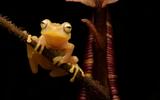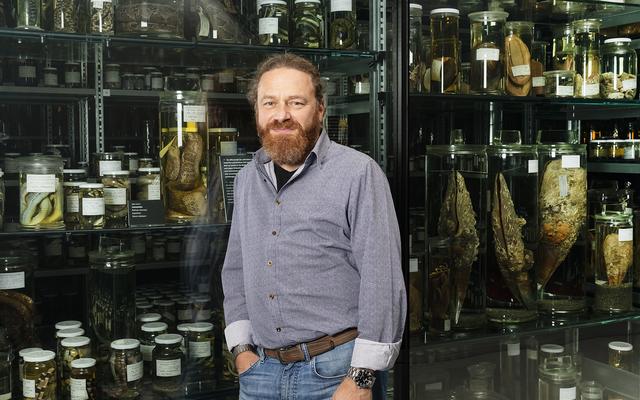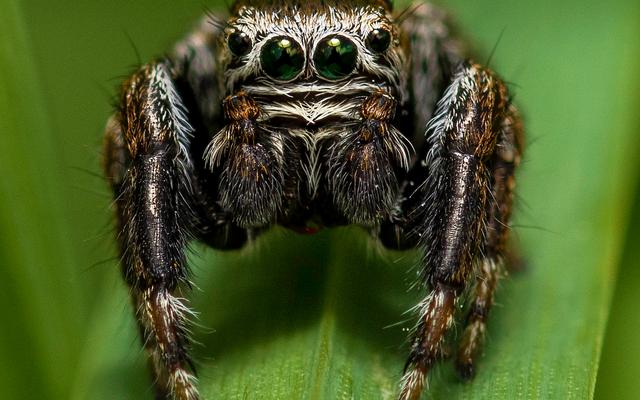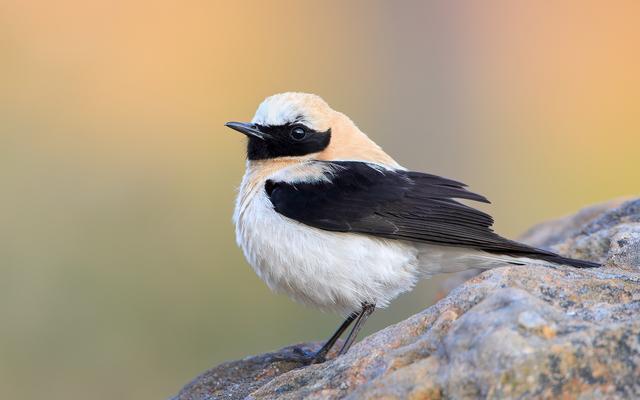Borneo’s tropical rainforests offer an ideal habitat for a wide range of species of frog, making the island a global hotspot for amphibian diversity. We are nowhere near having discovered every animal and plant species living on the planet. In fact, new species are constantly being described – in a race against the rapid destruction of natural habitats. Stefan Hertwig of the Natural History Museum in Bern has made a particularly spectacular discovery – along with a team of researchers from the University of Bern, the Universiti Malaysia Sarawak and the Center of Natural History in Hamburg, Germany.
Over the course of three expeditions, several specimens of the pitcher plant dwelling frog were found. This is an unusual new species of frog. Between 25 and 30 mm long and actually rather innocuous in appearance, the frog nevertheless has a remarkable lifestyle: all of the specimens found lived in and around the carnivorous pitcher plant Nepenthes mollis. It is from this plant that the frog gets its name, which means ‘pitcher plant Nepenthes loving’. Its ecology is intertwined with this plant: the male frogs sit on the pitchers at night and emit loud calls to entice the females to mate. The unusually large eggs are laid in the liquid inside the pitcher plant, and it is here that the hatched tadpoles complete their development. They feed exclusively from the nutrient supply in their intestine, which is why they have such a tiny mouth and no teeth. This newly discovered symbiosis benefits both plant and frog: the tadpoles’ droppings provide the plant with nutrients. The plants, in turn, offer an exclusive, sheltered space for the tadpoles to develop. In the habitat both species share, there is a shortage of nutrients and suitable bodies of water.
Home for the frog and plant is an inaccessible mountain rainforest 2,100 metres above sea level, with dense vegetation, picturesque, moss-clad trees, a great deal of rainfall and cool temperatures. The frog was first discovered near a small settlement in the Pulong Tau National Park in Sarawak on the island of Borneo (Malaysia). It belongs to the Rhacophoridae – a family of 431 species of tropical tree dwellers, prevalent in Africa and Asia.




